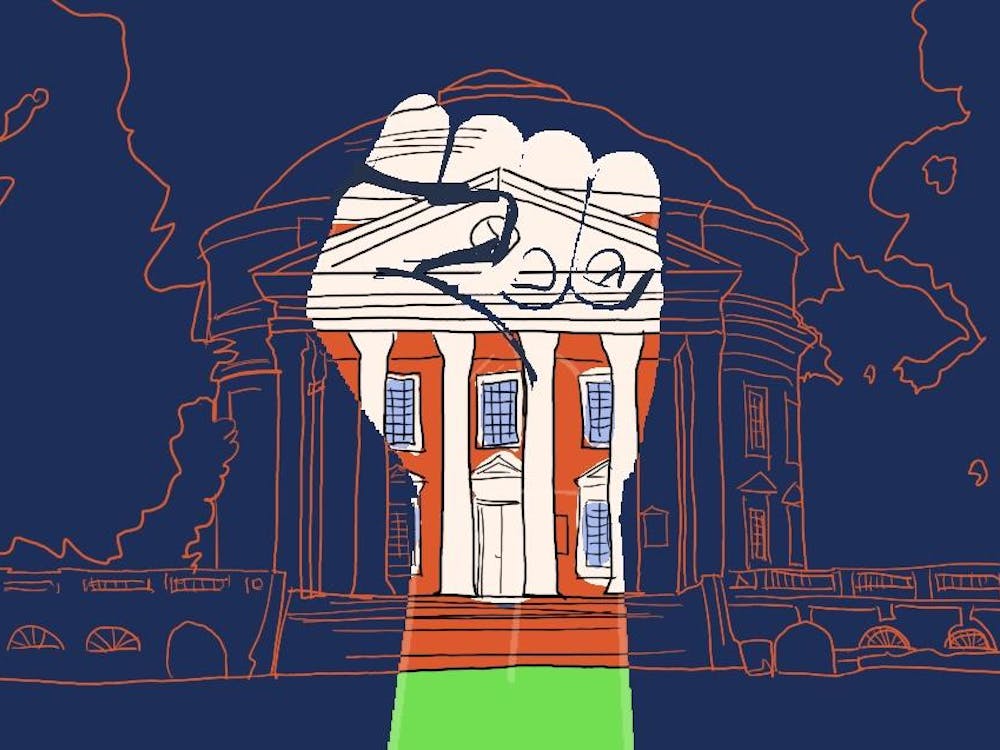A few weeks ago, Daesh (ISIS) released a video of the execution of captured Jordanian pilot Muadh al-Kasasbeh. In this 22 minute video, “The Healing of the Chests,” Daesh displayed with the best cinematic production they could muster the dramatic execution of al-Kasasbeh, burning him alive in a steel cage.
While the international public saw the video and recoiled, the media responded with greater variation. The atrocity committed in the video sparked a long-standing debate over how much of “the truth” news agencies are responsible to portray. At what point does the truth become so horrifying that it is no longer beneficial or worth making easily accessible to the public? Further fueling the controversy is the debate over whether displaying the video helps Daesh distribute their propaganda and broadens the audience of their spectacles and executions. Of the major American news agencies, only Fox News chose to display the video on its site, while the The Daily Mail, The New York Post and the New York Daily News all included images of al-Kasasbeh on fire in their publications. Some non-western media sources such as Al-Arabiyya (Saudi Arabia) and Al-Manar (notably affiliated with Hezbollah in Lebanon) chose to publish stills from the video and clips of the trail of fire leading to al-Kasasbeh but cutting off before actually showing his death. Fox News’ decision to embed the video on its site attracted widespread criticism from journalists and terrorism experts alike, while Daesh sympathizers even used the link to Fox News’ website to spread the video.
The choices of Fox News aside, the choice whether to view the video now lies with the individual. It is a choice rife with moral implications; before making this decision, it is imperative to truly examine the motives for viewing and determine what may be gained from the decision to watch.
For some, it is the curious attraction of the macabre that initially draws them to click play. This dark temptation is far stronger and more subtle than we may care to admit in a culture that routinely consumes graphic material for entertainment. Any decision to view the murder of al-Kasasbeh that is rooted in this is simply consuming terrorist propaganda for cheap thrills while helping Daesh garner the attention they crave from their depravity. Others choose to watch the video to personally experience the atrocities Daesh commits and confirm they are a twisted, evil and morally corrupt organization. However, it shouldn’t take the graphic death of al-Kasasbeh to convince us Daesh is a group of deplorable murderers. Certainly its long track record of summary executions, beheadings, crucifixions, amputations and stoning leaves no lack of evidence for the certainty of its horrifying agenda. Choosing to watch for this reason is unnecessary and yet again increases the infamy and notoriety Daesh so desperately seeks.
It is painfully clear this video is the rotten fruit of Daesh’s labor. Complete with a theme, climactic build and scripted monologue, the video was intended to be a cinematic piece proclaiming the brazen strength and defiance of Daesh. Just like any other piece of media, its producers and creators desire its widespread distribution and large viewership. Though upon first consideration there may appear to be reasons to watch the video, examining the motives behind that decision makes it clear that nothing positive can come from watching the murder of a helpless man.
Denying Daesh the attention they seek for their atrocities by refusing to be a spectator to their twisted cinema is a small but significant decision that directly opposes their goals and values. This video is not the first execution, and will certainly not be the last. Just last week, Daesh released yet another recorded execution of 21 Egyptian Coptic Christians, using similar production techniques. The decision to deny Daesh the satisfaction they get from their crimes will be a constant choice left not just to the media, but also to the individual. It is imperative that each time we are confronted with this choice, we choose to walk away from the execution square that Daesh so eagerly invites us to.
Jake Olson is a Viewpoint Writer.






